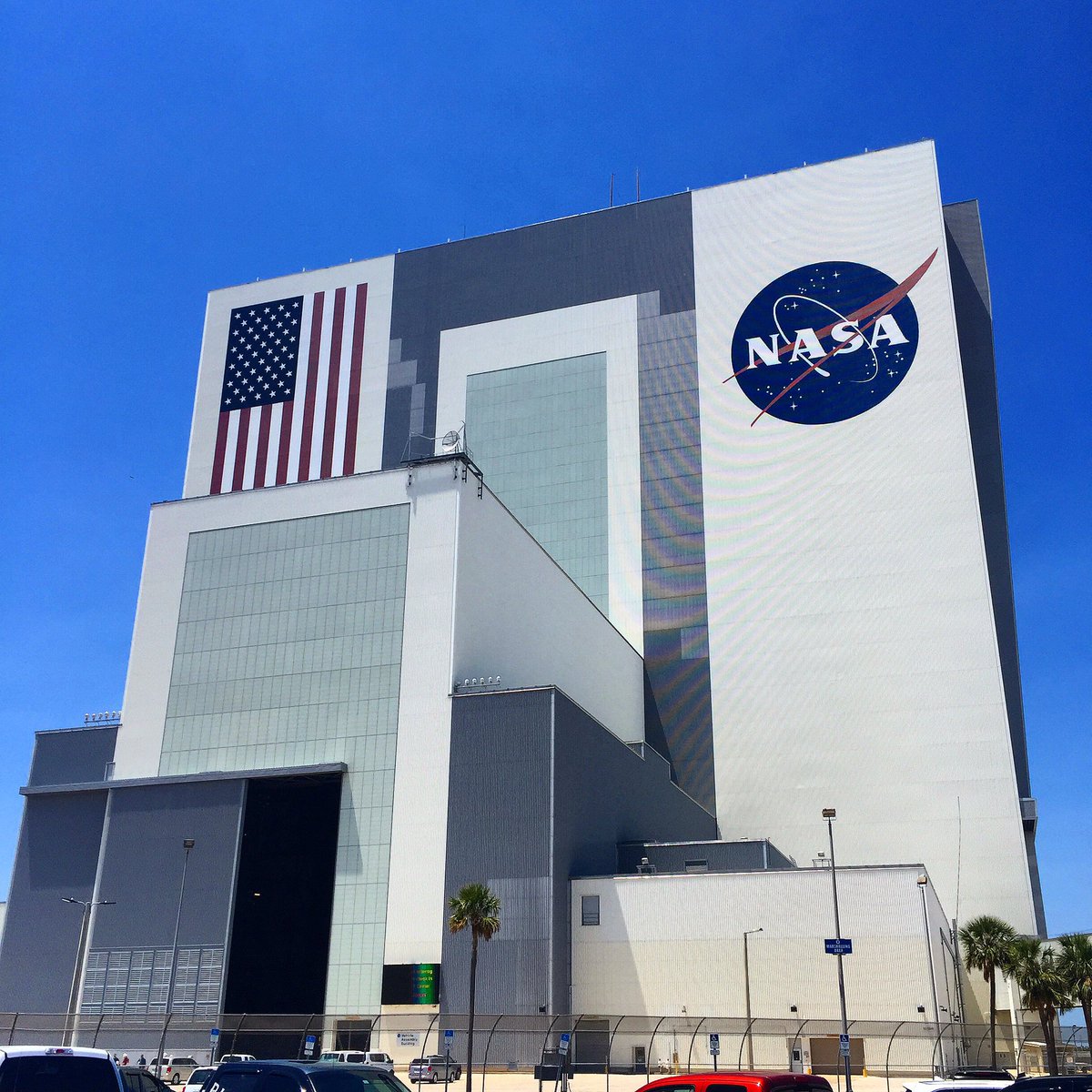NASA's New Horizons probe spacecraft set to visit most distant object ever

- Country:
- United States
NASA's New Horizons probe is on course to flyby the Kuiper Belt object nicknamed Ultima Thule this New Year, an event that will set the record for the most distant object ever visited by a spacecraft, scientists say.
The spacecraft has successfully performed the three and half-minute manoeuvre on October 3 to home in on its location, NASA said in a statement.
The manoeuvre slightly tweaked the spacecraft's trajectory and bumped its speed by 2.1 metres per second keeping it on track to fly past Ultima -- officially named 2014 MU69 -- on January 1, 2019.
"Thanks to this manoeuvre, we're right down the middle of the pike and on time for the farthest exploration of worlds in history -- more than a billion miles beyond Pluto," said Alan Stern, Principal Investigator of the Southwest Research Institute in the US.
At 6.6 billion kilometres from Earth, Ultima Thule will be the most distant object ever visited by a spacecraft.
New Horizons itself was about 6.35 billion kilometres from home when it carried out Wednesday's trajectory correction manoeuvre (TCM), the farthest course-correction ever performed.
This was the first Ultima targeting manoeuvre that used pictures taken by New Horizons itself to determine the spacecraft's position relative to the Kuiper Belt object.
These "optical navigation" images -- gathered by New Horizons' Long Range Reconnaissance Imager (LORRI) -- provide direct information of Ultima's position relative to New Horizons, and help the team determine where the spacecraft is headed.
The New Horizons team designed the TCM by determining the current trajectories of the spacecraft and its target and then calculating the manoeuvering required to put the spacecraft at the desired "aim point" for the flyby -- 3,500 kilometres -- from Ultima at closest approach.
"The recent navigation images have helped us confirm that Ultima is within about 500 kilometres of its expected position, which is exceptionally good," said Fred Pelletier, New Horizons navigation team chief, of KinetX Aerospace, Inc.
Confirming that Ultima is at its expected location is an important and somewhat unique aspect of this flyby.
"Since we are flying very fast and close to the surface of Ultima, approximately four times closer than the Pluto flyby in July 2015, the timing of the flyby must be very accurate," said Derek Nelson, New Horizons optical navigation lead, also from KinetX.
"The images help to determine the position and timing of the flyby, but we must also trust the prior estimate of Ultima's position and velocity to ensure a successful flyby," said Nelson.
"These first images give us confidence that Ultima is where we expected it to be, and the timing of the flyby will be accurate," he said.
The spacecraft is just 112 million kilometres from Ultima, closing in at 51,911 kilometres per hour.
The team will eventually have to guide the spacecraft into approximately 120 by 320-kilometre "box" and predict the flyby to within 140 seconds.
(With inputs from agencies.)










